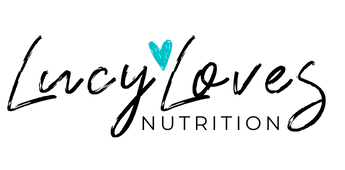Digestion begins before our food even enters our stomach!
Using our senses our brain stimulates the parasympathetic nervous system (rest and digest), via the vagus nerve, to signal that we should prepare to digest food. If we’re stressed it can also signal our sympathetic nervous system that it’s time to shut down digestion and prioritise more important responses i.e. ‘fight or flight’.
Distraction can result in a similar shut down message, if we’re say eating at our desk or on the go and not devoting our full attention to what we’re munching on. If food is consumed during these states our digestive system can’t release the necessary juices for breaking down food and the subsequent absorption of nutrients, which in turn can cause unwanted digestive symptoms such as bloating and acid reflux.
Have you ever felt bloated after a take away, eating at your desk or during a meeting?
Then maybe it isn’t WHAT you are eating but HOW you are eating.
The great news is we can harness the power of our mind to influence our gut. Simply seeing, smelling and even thinking about our food jump starts the digestive process and gets our digestive juices flowing, before we even take a mouthful. Tasting our food stimulates this process further. This is all known as the cephalic phase of digestion, with ‘cephalic’ meaning head, and is estimated to account for 30-50% of our stomach acid release and 25% of our pancreatic enzyme release.

A good example of the cephalic phase of digestion in action is when you smell a cake baking. Anticipating the delicious flavour of a slice of the freshly baked cake causes your mouth to water, preparing you to eat the cake.
We may not be able to eliminate all the stress in our lives but we can build our resilience and create dedicated mealtime rituals to support a healthy cephalic phase of digestion, which is the first step required for digestion and absorption of food. There is a great book by Jan Chozen Bays if you’d like to discover more.
Mindful Eating Tips
- Devote time to preparing food and engage all your senses
- Sight: take the time to look at your food – notice the colours, textures and different shapes
- Sound: listen to the food preparation sounds e.g. the crunch of chopping vegetables or the simmering of a stew. Take a bite – what sound does it make?
- Smell: take a deep breath in and smell your food. How does it make you feel?
- Taste: take a bite and chew very slowly to notice all the flavours. Is it sweet, sour, salty or bitter?
- Touch: really feel the food in your fingers and then your mouth
- Minimise distractions (stressors) e.g. tv, mobile, laptop, book
- pay attention to what you are eating, be present and enjoy your meal
- Activate your ‘rest and digest’ response by taking some deep belly breaths
- Inhale deeply and take a longer exhale. Repeat 4 times. You should feel yourself start to salivate.
Are you ready to implement these tips into your daily life?
If so then I’m here to help you with my new health coaching packages. Send me a message to find out more.
